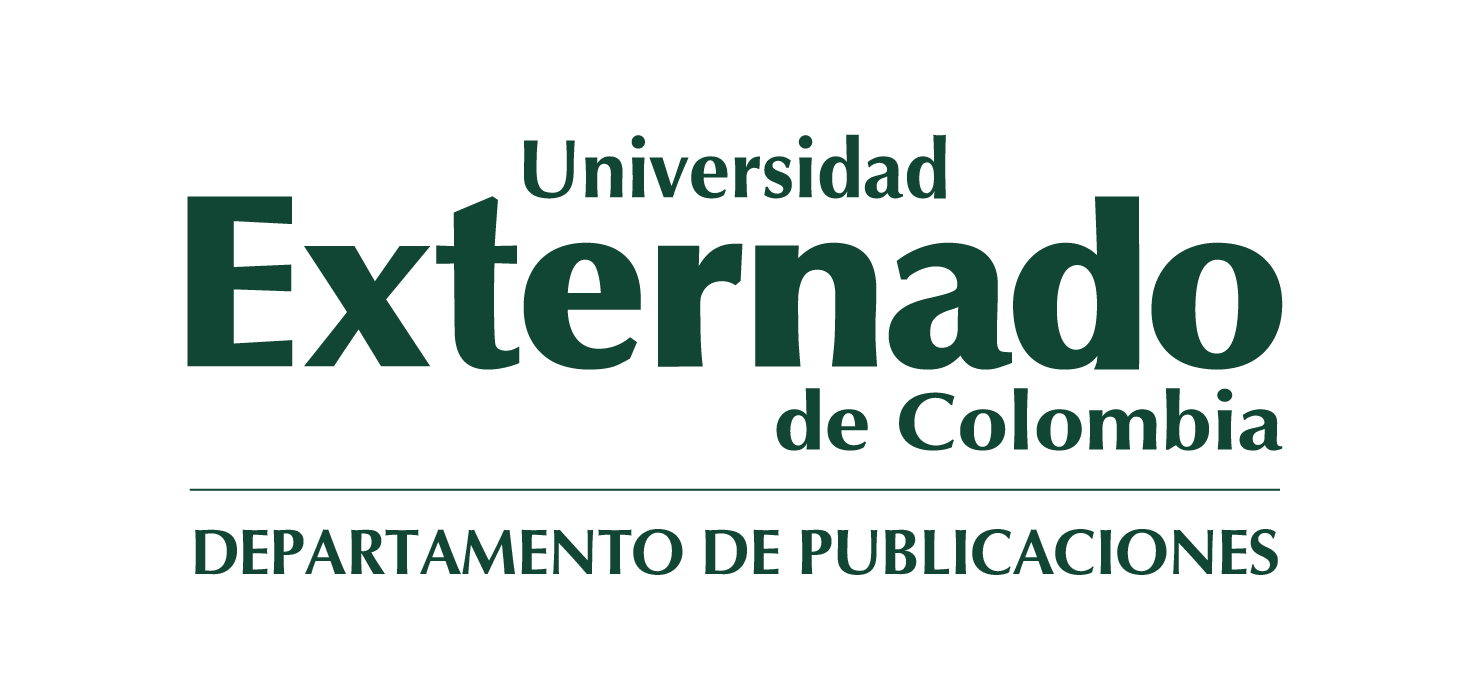Los sistemas internacionales de protección de los derechos humanos
Una de las cuestiones más relevantes a la hora de estudiar el Derecho Internacional de los Derechos Humanos (DIDH) es el análisis de los sistemas internacionales de protección. Dichas estructuras son, a la vez causa y consecuencia del proceso de humanización del derecho internacional que vino de la mano con el nacimiento y la evolución de este régimen especializado dedicado a la protección del individuo. El estudio de dichos aparatos podría abordarse desde diferentes perspectivas; no obstante, tomando en consideración el objetivo que perseguimos, cual es el de brindarle al estudiante amateur un panorama general del funcionamiento de los sistemas internacionales de protección de los derechos humanos antes de adentrarse en su estudio pormenorizado, las líneas que siguen están dedicadas a esbozar los aspectos básicos de tres de los andamiajes de protección más desarrollados. En primer lugar, dirigiremos nuestra atención al estudio del Programa de Derechos Humanos de las Naciones Unidas (PDH-NU); en segunda instancia nos concentraremos en explicar el funcionamiento tanto del Sistema Europeo de Protección de los Derechos Humanos (SEPDH) cuanto del Sistema Interamericano (SIPDH) y del Sistema Africano (SAPDH); finalmente haremos una breve mención a la tendencia de protección en Asia y Oriente Medio. No obstante, antes de comenzar con la exposición sobre estos regímenes, creemos pertinente mencionar, a manera de introducción, un par de cuestiones básicas del PON que los estudiantes deben tomar en consideración.
One of the most relevant issues when studying International Human Rights Law (IHRL) is the analysis of international protection systems. These structures are both a cause and a consequence of the process of humanization of international law that came hand in hand with the birth and evolution of this specialized regime dedicated to the protection of the individual. The study of these mechanisms could be approached from different perspectives; however, considering the objective we pursue, which is to provide the amateur student with a general overview of the functioning of international human rights protection systems before delving into a detailed study, the following lines are dedicated to outlining the basic aspects of three of the most developed protection frameworks. First, we will focus on the study of the United Nations Human Rights Program (UN-HRP); secondly, we will concentrate on explaining the functioning of both the European System of Human Rights Protection (ESHRP) and the Inter-American System (IASHRP) and the African System (AASHRP); finally, we will make a brief mention of the protection trend in Asia and the Middle East. However, before starting with the exposition on these regimes, we believe it is pertinent to mention, by way of introduction, a couple of basic issues of the PON that students should take into consideration.
CONTENIDO
PRESENTACIÓN DE LA SEGUNDA EDICIÓN
PRÓLOGO A LA PRIMERA EDICIÓN
INTRODUCCIÓN
I. EL DERECHO INTERNACIONAL DE LOS DERECHOS HUMANOS Y LOS SISTEMAS INTERNACIONALES DE PROTECCIÓN
II. EL PROGRAMA DE DERECHOS HUMANOS DE LAS NACIONES UNIDAS
A. EL FUNDAMENTO NORMATIVO DEL PDH-UN
B. LOS ÓRGANOS DEL SNU Y EL PROGRAMA DE DERECHOS HUMANOS
I. Órganos creados en la Carta o como consecuencia de las competencias previstas en esta
a. Asamblea General (AG)
b. Consejo Económico y Social (ECOSOC)
c. Consejo de Seguridad (CS)
d. Corte Internacional de Justicia (CIJ)
e. Secretaría General (SG)
f. Órganos creados en ejercicio de las competencias previstas en la Carta. Una especial referencia al Consejo de Derechos Humanos
2. Órganos convencionales
C. LOS MECANISMOS DE PROTECCIÓN DE LOS DERECHOS HUMANOS EN EL SNU
a. Mecanismos convencionales
b. Mecanismos extra convencionales
III. EL SISTEMA EUROPEO DE PROTECCIÓN DE LOS DERECHOS HUMANOS
A. EL CEDH Y SUS 16 PROTOCOLOS ADICIONALES
B. ESTRUCTURA ORGÁNICA DEL SISTEMA
C. COMPETENCIAS
1. Las opiniones consultivas en el SEPDH
2. La competencia contenciosa
a. Legitimación
b. Competencia
c. Requisitos de admisibilidad
d. Trámite de la demanda
e. Sentencias, contenido y supervisión
f. Sentencia piloto
IV. EL SISTEMA INTERAMERICANO DE PROTECCIÓN DE LOS DERECHOS HUMANOS
A. EL FUNDAMENTO NORMATIVO DEL SIPDH
B. LOS ÓRGANOS DEL SISTEMA
1. La Comisión Interamericana
2. La Corte Interamericana
C. EL DERECHO DE PETICIÓN INDIVIDUAL
1. Legitimación
2. Competencia
3. Requisitos de admisibilidad
4. Trámite del caso
a. El trámite ante la CIDH
b. Procedimiento ante la Corte
5. Casos interestatales
D. LAS OPINIONES CONSULTIVAS
E. LAS MEDIDAS DE PROTECCIÓN
V. EL SISTEMA AFRICANO DE PROTECCIÓN DE LOS DERECHOS HUMANOS
A. EL FUNDAMENTO NORMATIVO DEL SISTEMA
B. LOS ÓRGANOS DEL SISTEMA Y SUS COMPETENCIAS
C. LOS MECANISMOS DE PROMOCIÓN Y PROTECCIÓN
D. LAS COMUNICACIONES INDIVIDUALES
1. Legitimación
2. Competencia
3. Requisitos de admisibilidad
4. Trámite del caso
a. El trámite ante la CAFDH
b. Procedimiento ante la Corte
E. COMUNICACIONES INTERESTATALES
F. SENTENCIA PILOTO
VI. ASIA Y ORIENTE MEDIO: SISTEMAS EN CONSTRUCCIÓN
BIBLOGRAFÍA
Impreso bajo demanda
Impreso
eBook
-

-
José Antonio Pastor Ridruejo
-
Profesor emérito de Derecho Internacional Público de la Universidad Complutense de Madrid.
-
-

-
Paola Andrea Acosta Alvarado
-
Docente investigadora de la Universidad Externado de Colombia (Colombia). Doctora en Derecho Internacional y relaciones internacionales por el Instituto Ortega y Gasset y la Universidad Complutense de Madrid (España). Diploma de Estudios Avanzados en Derecho Internacional y relaciones internacionales por el Instituto Ortega y Gasset y la Universidad Complutense de Madrid (España). Magíster en Derecho Público por la Universidad Externado de Colombia (Colombia). Postítulo en Derechos Humanos y Procesos de Democratización de la Universidad de Chile (Chile) y abogada de la Universidad Externado de Colombia (Colombia). Miembro fundadora del proyecto Redial. Contacto: paola.acosta@uexternado.edu.co
-



